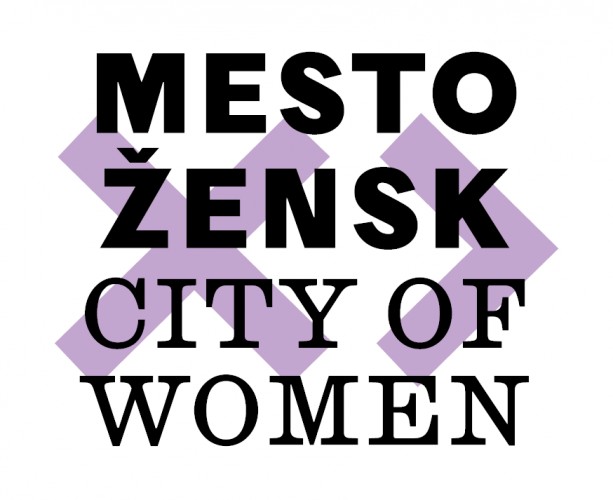When the American-Russian Slavist, cultural critic and visual artist Svetlana Boym carried out research into nostalgia – which in the modern era is, in her belief, a key relation to the past – she found herself in Nostalgija, a Ljubljana coffee-shop that has walls decorated with objects from everyday life in the former socialist era. She describes her understanding of the café in The Future of Nostalgia (2001), in which – among other things – she explores people’s relation to the socialist past which is rather characteristic of former socialist systems. The episode of Ljubljana's Nostalgija is meaningful, and provides a basic premise for her lecture Ruins of Modernity and Architecture of Freedom in which she addressed the manner by which a person through arranging their personal environment also arranges their relations with the past, present, and future, i.e. their relationship with time. Namely, time and space are not only essential coordinates of memory, but also essential synchronisation that determines human (self)understanding and our position in the broader world. ‘Today’ – with the exception of extreme situations – always relates to ‘yesterday’ as well as ‘tomorrow’. Which also holds true for architecture, art and culture in general. By establishing a particular relation to the (works or ruins of the) past, contemporary architecture and art simultaneously determine the present and notions of future. In her Ljubljana lecture, Svetlana Boym addressed – through actual examples drawn from European architecture and art – the relations between historical memory, utopia and imagination of freedom. She related the metamorphoses of both cultural and artistic interpretations of Tatlin’s Tower – Vladimir Tatlin’s unbuilt, but nevertheless legendary, monument to the Bolshevik Revolution – to modern and post-modern conceptions of freedom, as explored in the works of Russian conceptual artist Ilya Kabakov, as well as architects Rem Koolhaas and Daniel Liebeskind. Boym payed particular attention to contemporary ‘ruinophilia’, and inspired by the concept of public freedom proposed by Hannah Arendt – to whom City of Women Festival 2006 is dedicated – she engendered contemporary ruin-gaze as a somewhat 'off-modern' practice – a combination of estrangement and engagement.
Katja Kobolt

